Check out this photo album of interesting copper coins from around the world and across the ages!
For years, I visited a coin shop in the Vancouver area, which was owned by an old man. I bought and sold silver bullion, I heard his stories, he showed me some really cool artifacts. He knew I had a thing for copper. He considered it nearly worthless - silver was the cheapest element a coin should be made of, in his opinion. So each visit, he'd throw in a handful of banged up and dirty old copper coins. When I came home, I'd toss the coins in a bucket. The bucket eventually became full.
I've moved out of the Vancouver area, and that coin shop is one of the only things I truly miss. If we're ever allowed to travel again, I hope to get down there, and I hope he hasn't retired or been forced out of business.
The bucket of coins has gathered dust, but I finally found a moment to deal with them. As you can see, they're hard to identify. Some of them are almost completely illegible, coated in layers of patina, dirt, grime, and oxidation.
NOTE: Do not clean coins with any numismatic (coin collector) value! If you don't know what you're doing, this process can easily destroy the collector value of a coin. I use this method for removing gunk and patina from really old copper coins that I know have little numismatic value, or that are so filthy they're impossible to identify otherwise. I repeat, do not clean your coins unless you know what you're doing, and avoid cleaning coins that may be valuable to a collector.
That said, here's my video on cleaning copper coins, which is my 2nd most-viewed YouTube upload. It's long, but it'll tell you all you need to know about the process. Or, just check out the following photographs!
There's the salt, which will then be followed by the vinegar. Yes, that's it, the "magic" happens because of salty vinegar! Who knew, right? Anyway, have a look at this time-lapse clip, taken over a 3 minute period:
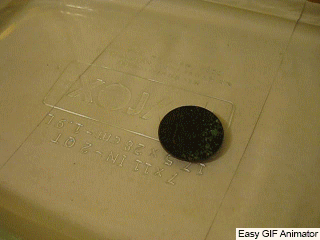
In went the near-black coins, and within seconds, they went to brown, then light brown, and then reddish coppery bronze. A quick stir in the middle, and they're looking much better already...
Here's another look at the process instantly removing generations of dirt and patina:
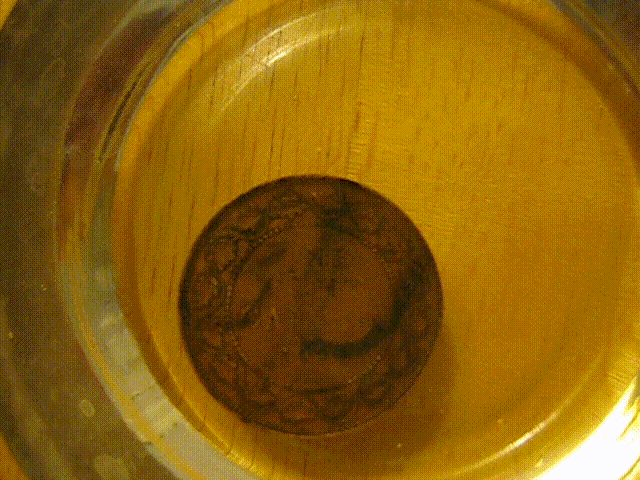
Afterward they get rinsed off, then massaged with damp baking soda to remove the remaining crud.
The Results
After being rinsed off, dried, and sorted, I had several piles of British pennies, a few Australian piles, one New Zealand pile, a few Newfoundland coins, a few Mexican coins, and then assorted one-ofs. I won't show them ALL, but here are a few of the interesting coins that turned up...
"Diez Centimos". The engraver's name "L Marchionni" is barely visible in tiny lettering.
Wow, this one shocked me! Before cleaning, it was coated in brown layers of gunk, and you couldn't make out the lettering. Now it's clearly showing 1875, and something that looks like Ukranian. Who knows what this is?
"Half Anna" from "East India Company". I think it says 1834 but very faded. Almost 2 centuries old!
Absolutely gorgeous. I don't know if this particular date is valued to collectors, but it's in great shape. Pretty toning. I didn't soak this one long, as it didn't need it, and came out beautiful already.
One of the older British pennies in this lot. More than 12 decades have passed since this was minted in England! That's the famed Queen Victoria.
A large coin from Mexico. Mexico (and Central/South American countries) often have/had large copper coins. Same with silver coins, and even gold. They have a long history of using metal as money. Check out those cacti!
New Zealand had a really nice penny design for a long time. That's a tui bird, perched on a common NZ flower that I forget the name of. I like that old King George VI engraving, quite handsome, especially compared to the nasty image of the queen we've had since then.
That half penny ($0.005 NZD) from 1965 looks funny next to that loonie ($1.000 CAD) from 2011. Just a few decades between them, but look how far fiat currencies have fallen. A dollar used to buy 200 of those coins on the right. Now it gets you one of those coins on the left. And the kicker? The coin on the right is pure copper bullion, while the one on the left is merely copper-plated! It's actually mostly worthless steel! Learn more about this in Lessons from a 100 year old Penny.
Wow, 200 years old. I don't see a denomination. It's copper though, and I think copper was generally known to be the lowest denomination of coin, so this would have been a penny. Looks like Britain. I guess this is the really old British penny design? King George IV?
1942 South African penny, cool.
1852, I think it says "Dix centimes", and "Empire Francais"? So 10 cents from the French Empire, under Napoleon the Third!
Quite faded but still cool, now that it's visible!
Most of the common stuff is just copper bullion, and will be packed away with the rest. I'll show it all in an upcoming post sometime.
Until then, if you love the look of copper, you'll want to check out my "Copperporn" video:
Here's 100 of those coins (one dollar) laid out on a table:
If silver coins are more your thing, have a look here!
I hope you found something interesting in that photo album. I love the look of copper, especially coins. There's so much history there, not just in the coin's minted design, but in the wear that has happened to it since then! Each coin tells a thousand stories.





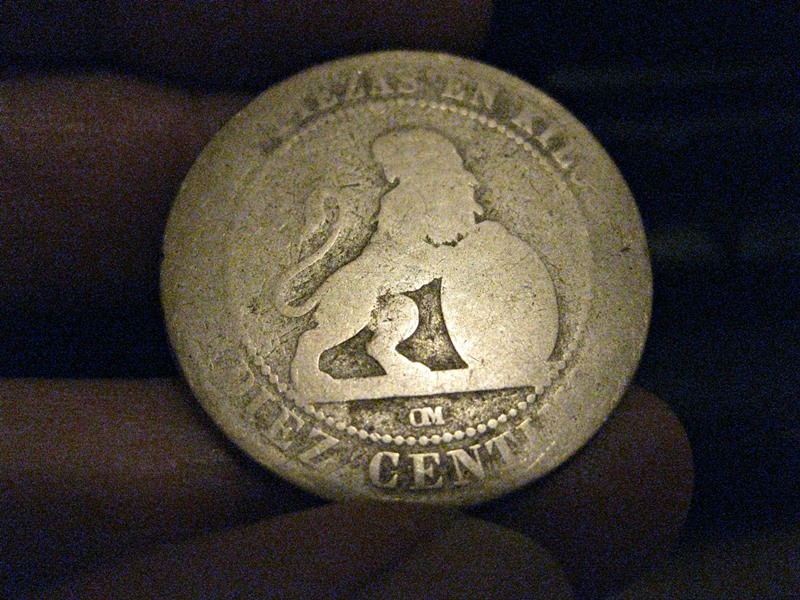
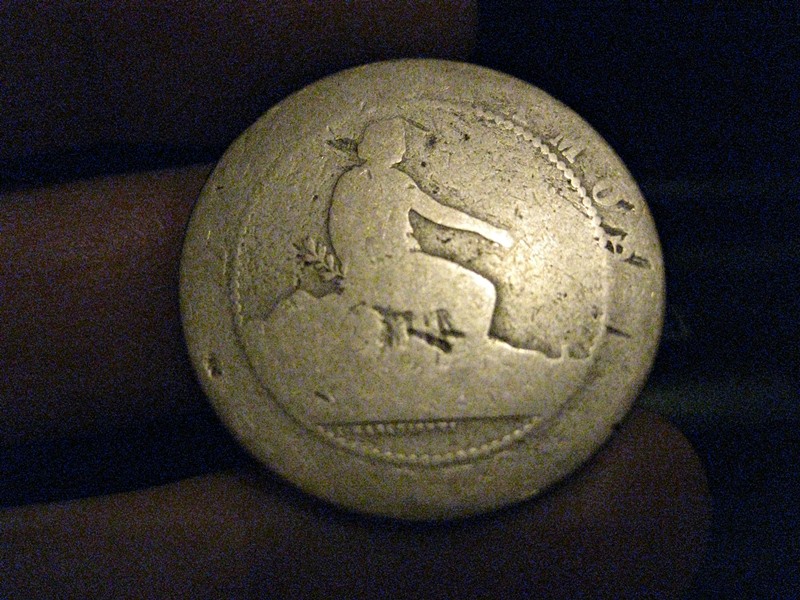
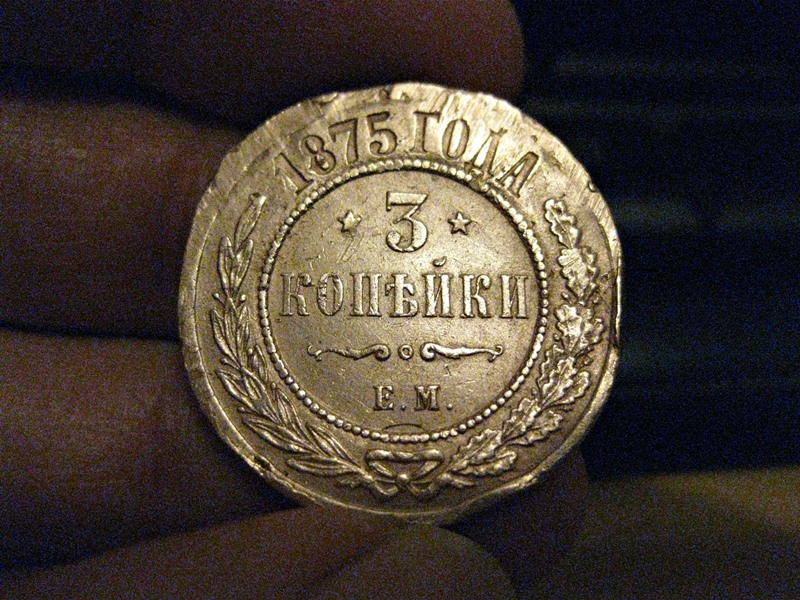

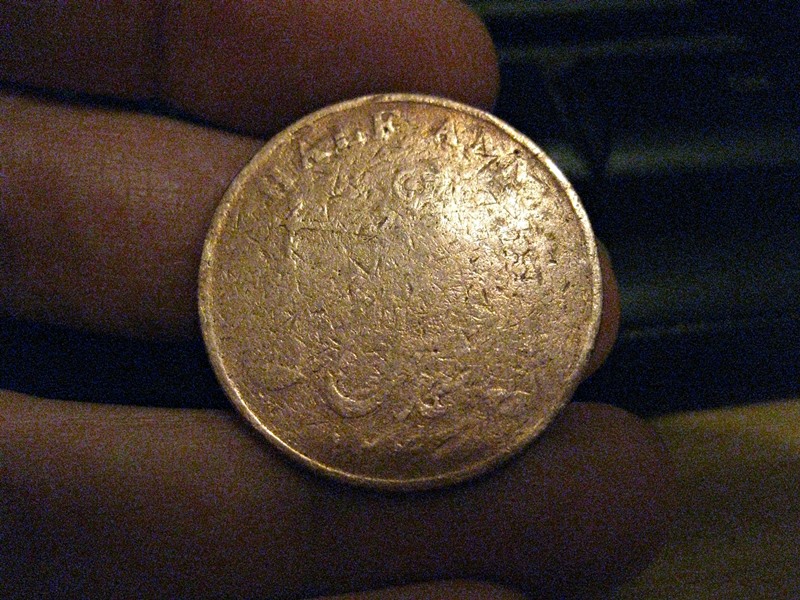
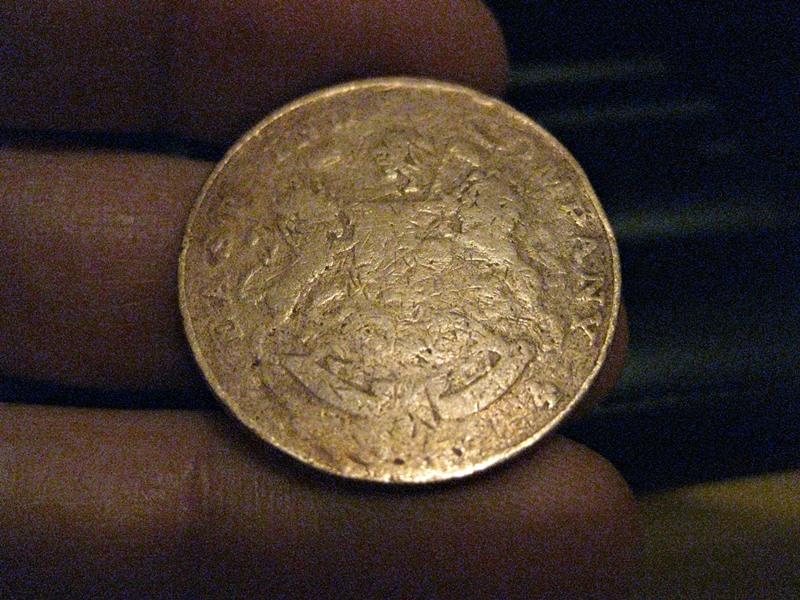
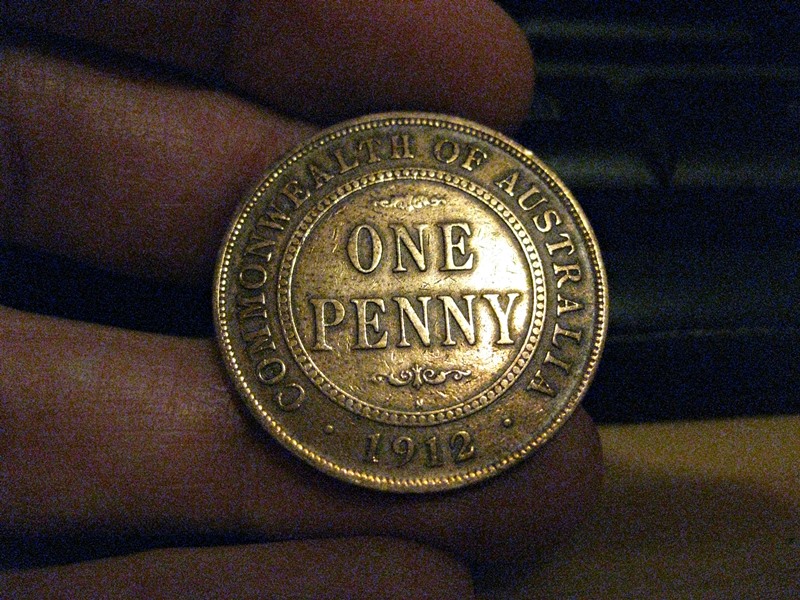
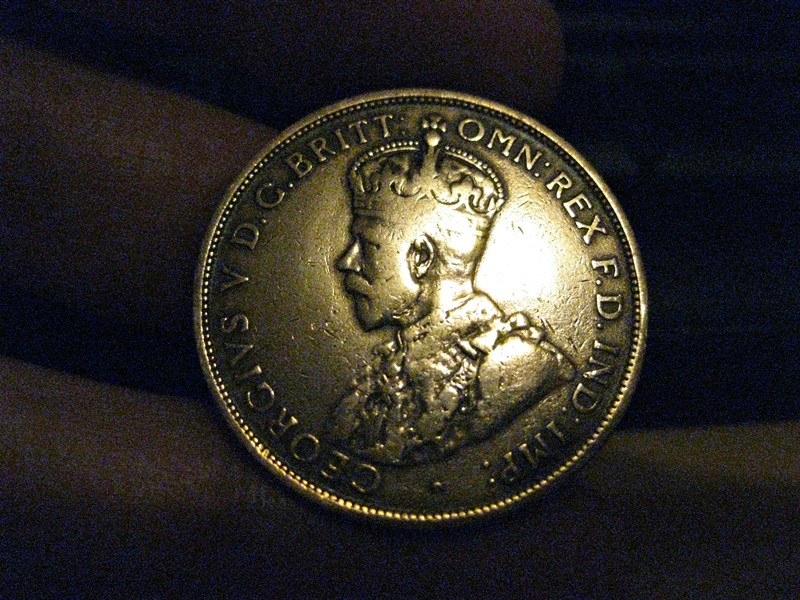
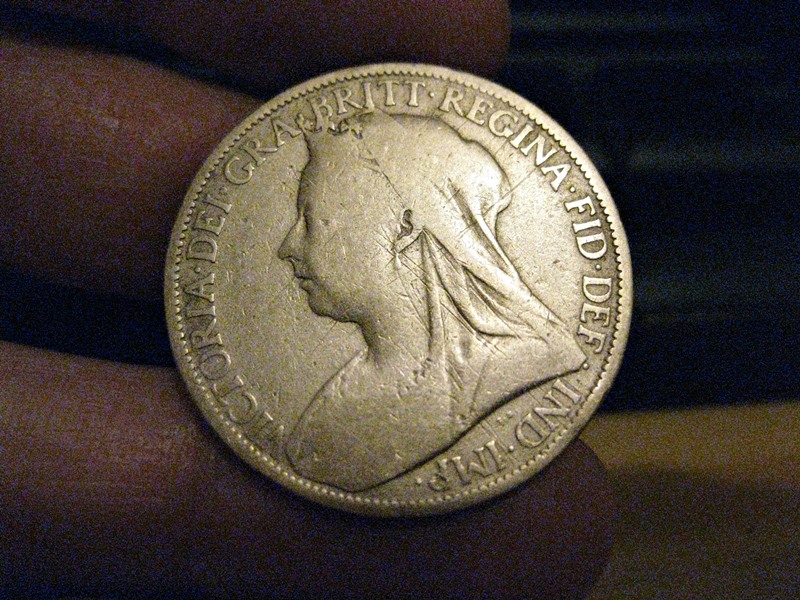

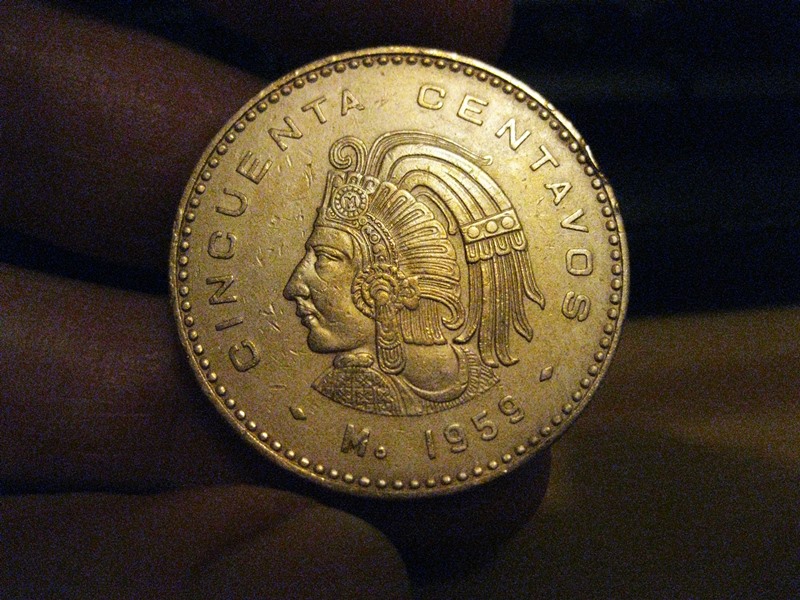
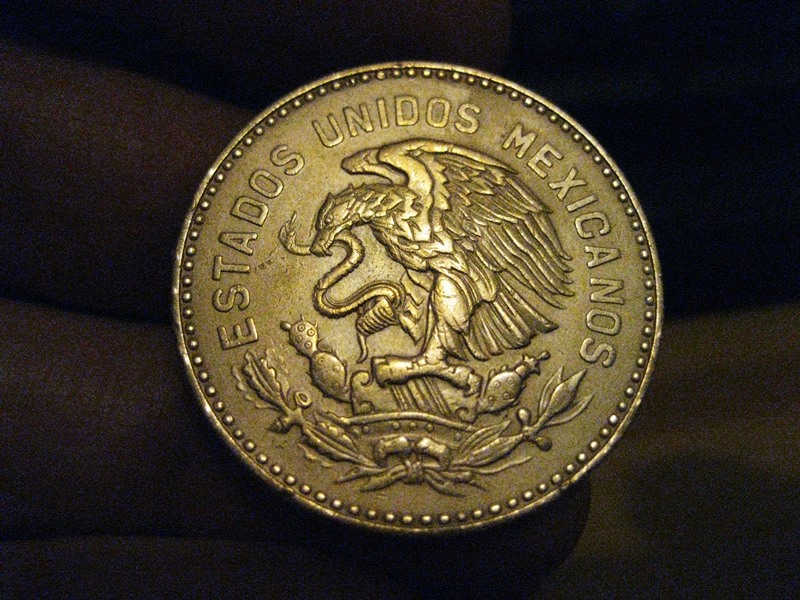
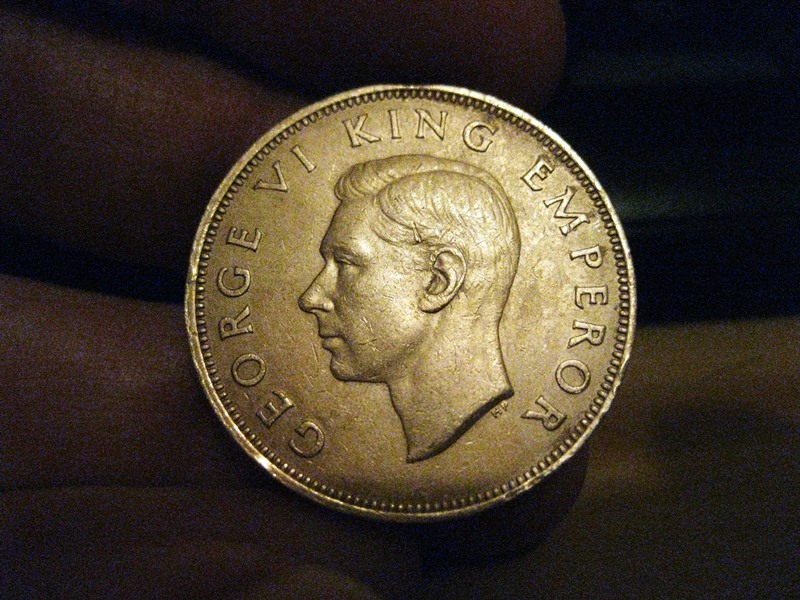
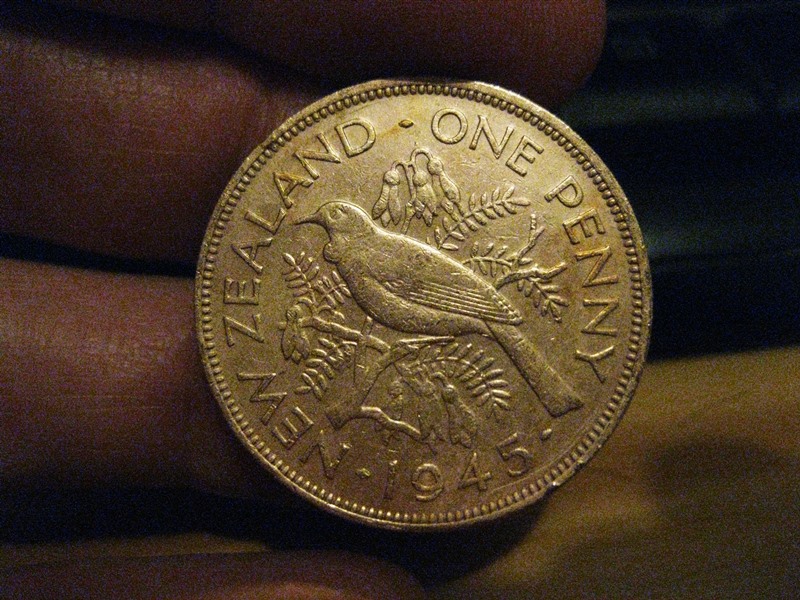
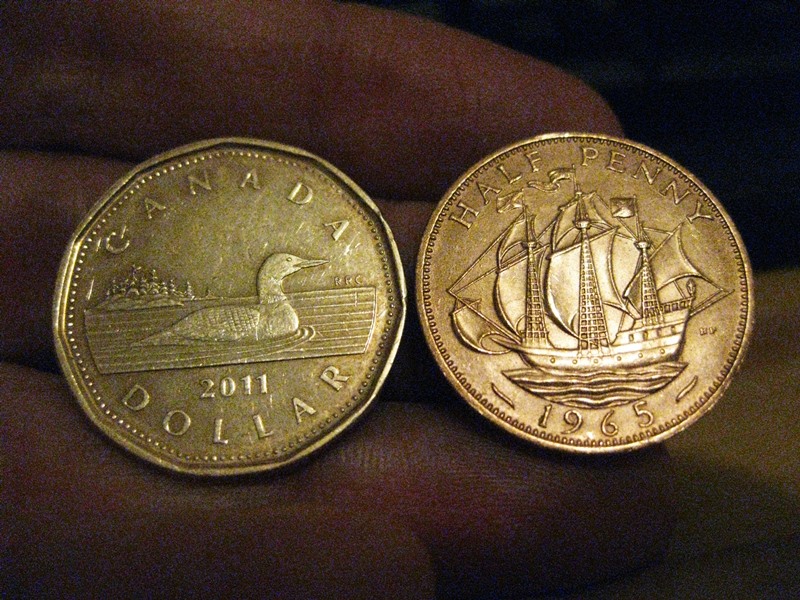
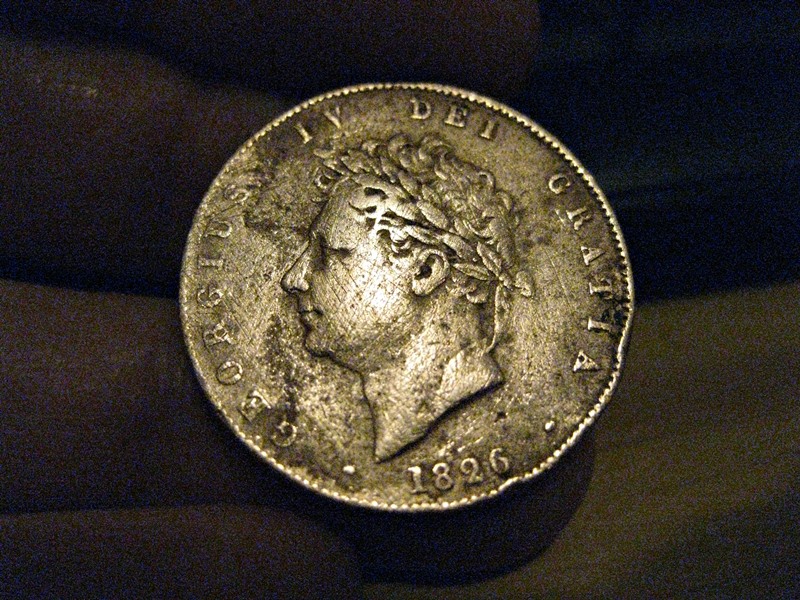
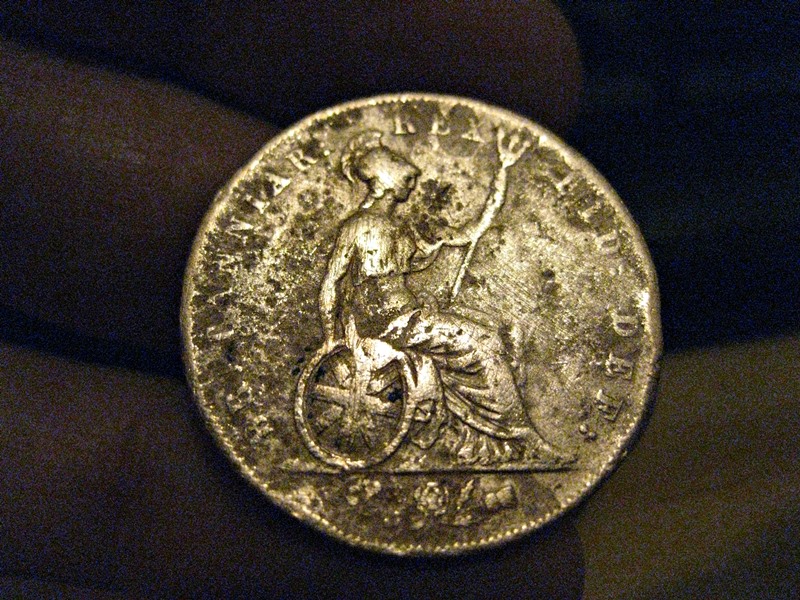
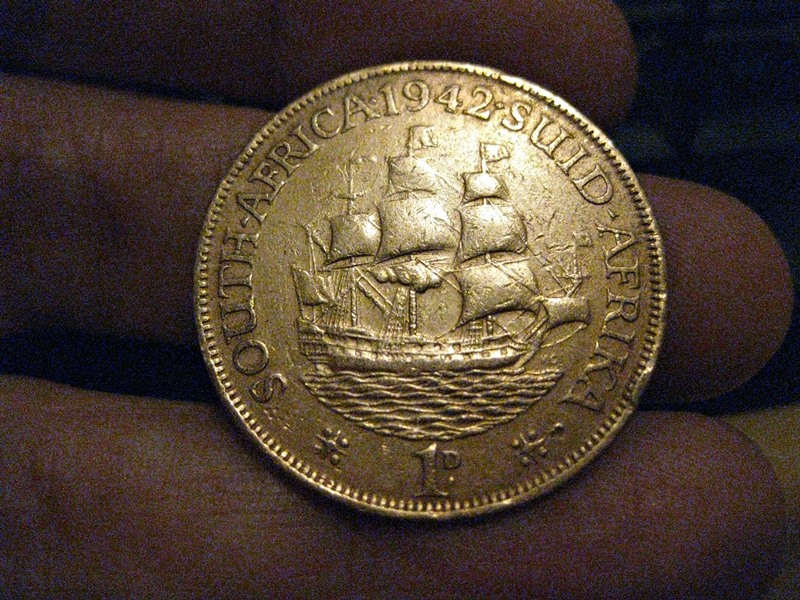
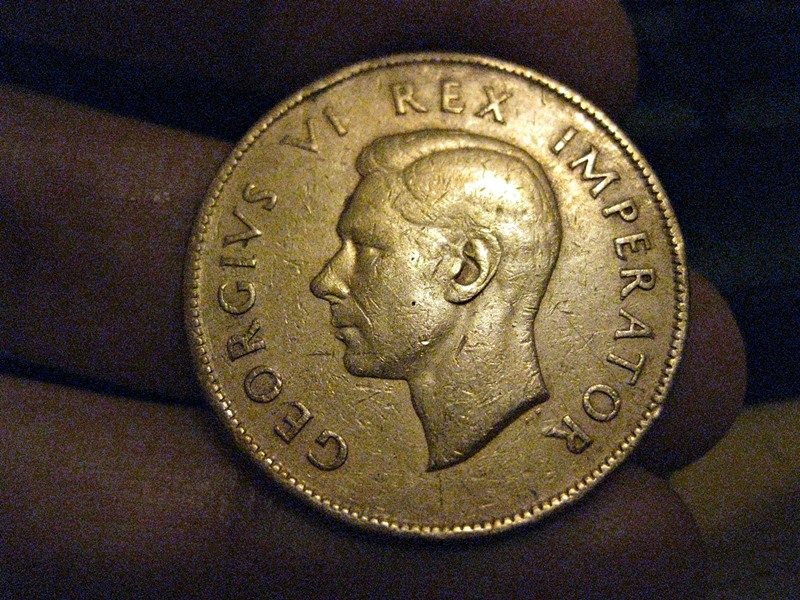

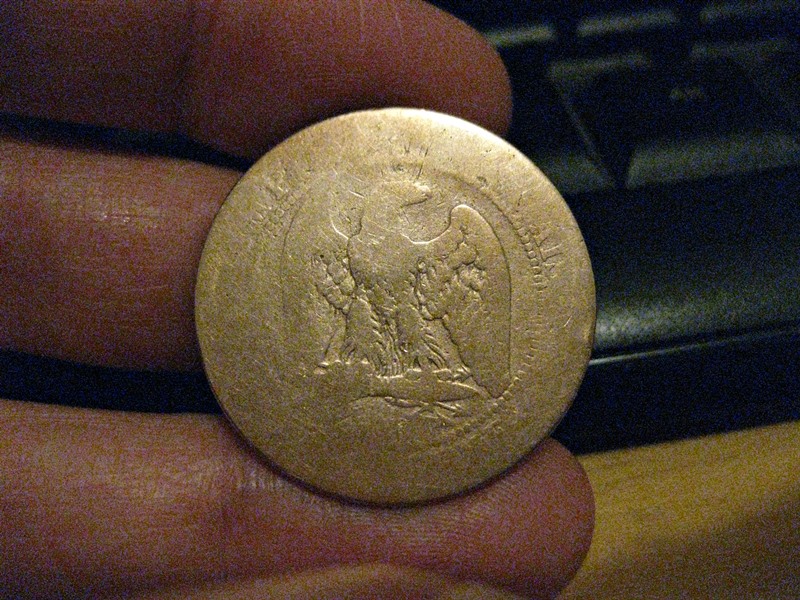
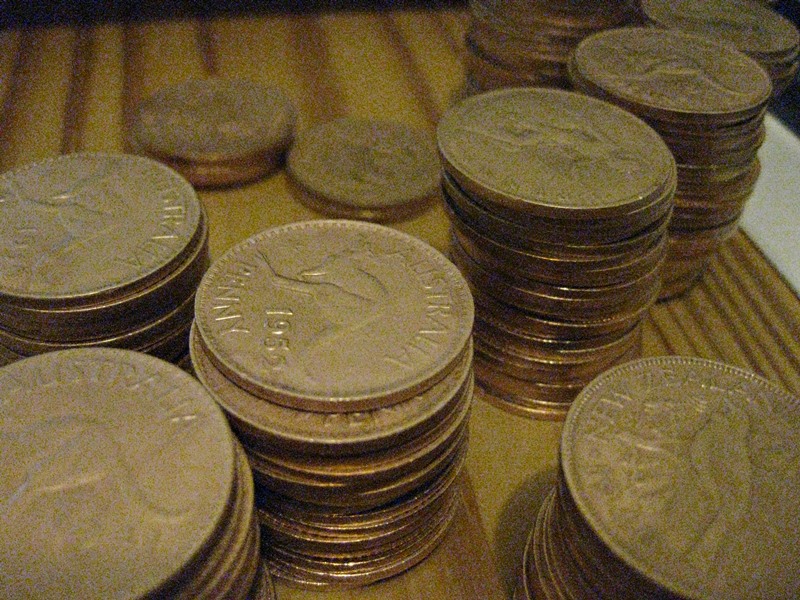
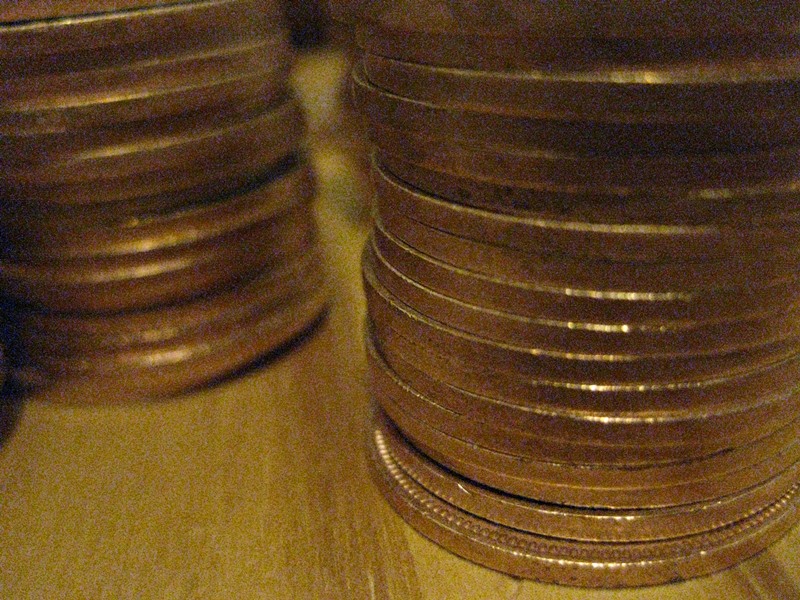
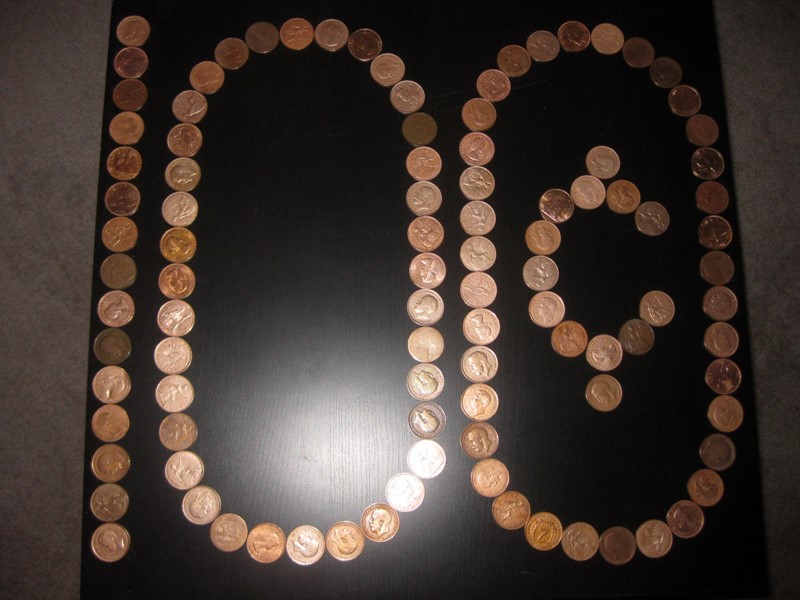
They came up very nicely.
It's pretty incredible that salty vinegar strips the coating right off old metal like that!
That's the sexiest batch of copper photography on the blockchain!!
Thanks! Too bad nobody else found it worthwhile. Looks like I'll get about 25 cents for it.
Meanwhile a single palm tree in Venezuela (even if it has already been photographed and uploaded to the blockchain recently) is worth twenty bucks.
I'm in the wrong socialist hellhole!
Me too! What a gorgeous bunch of photographs. : )